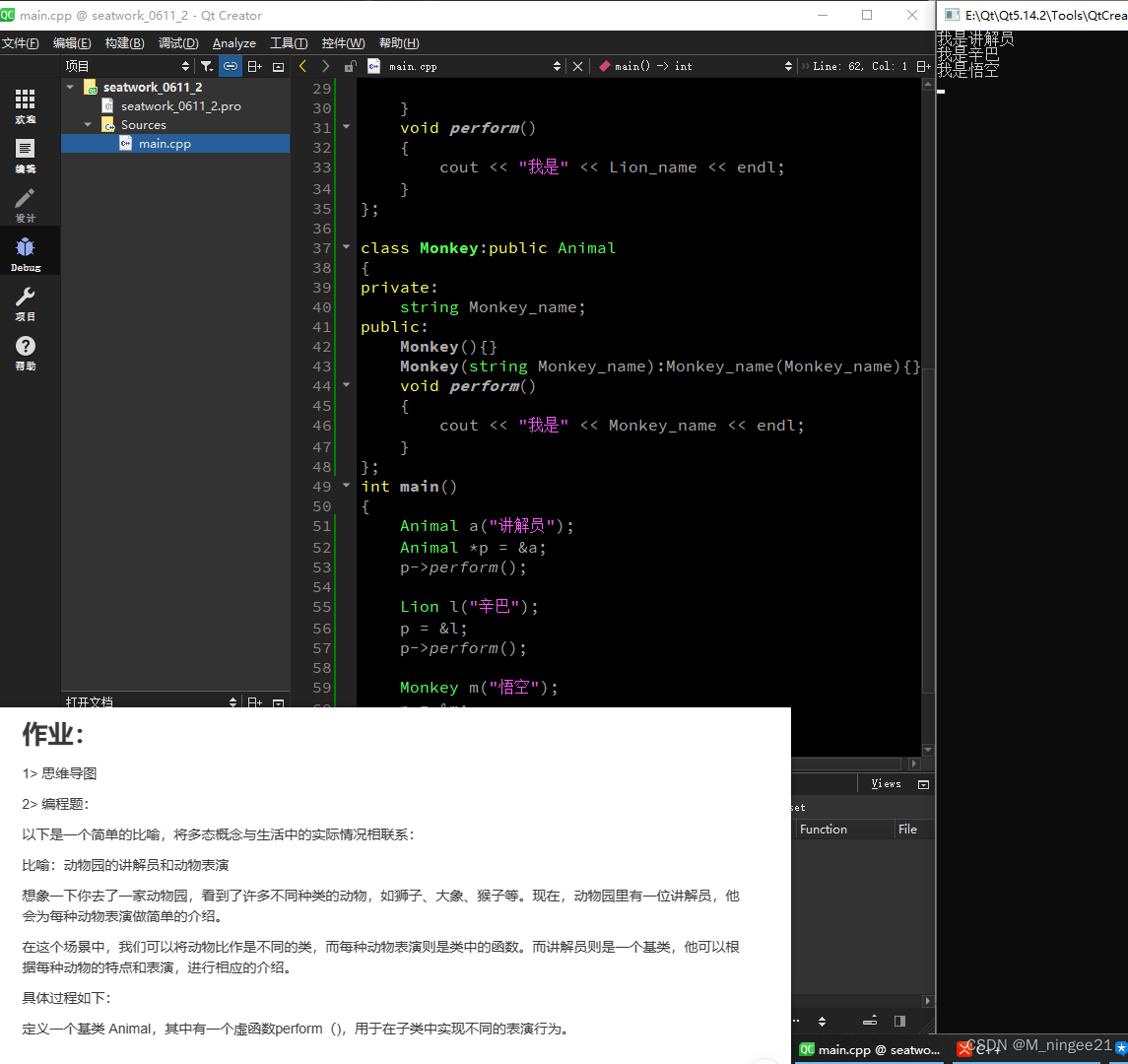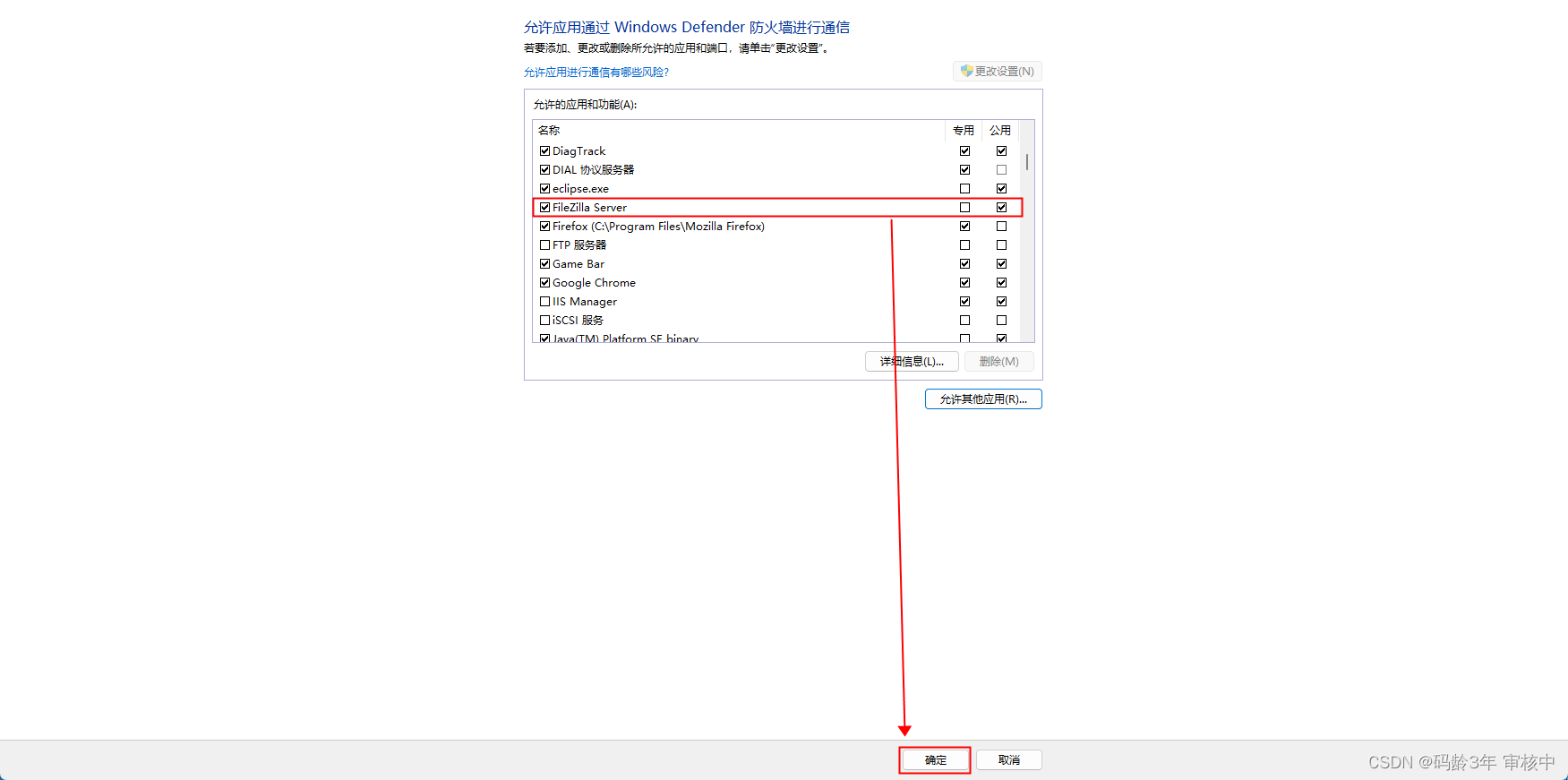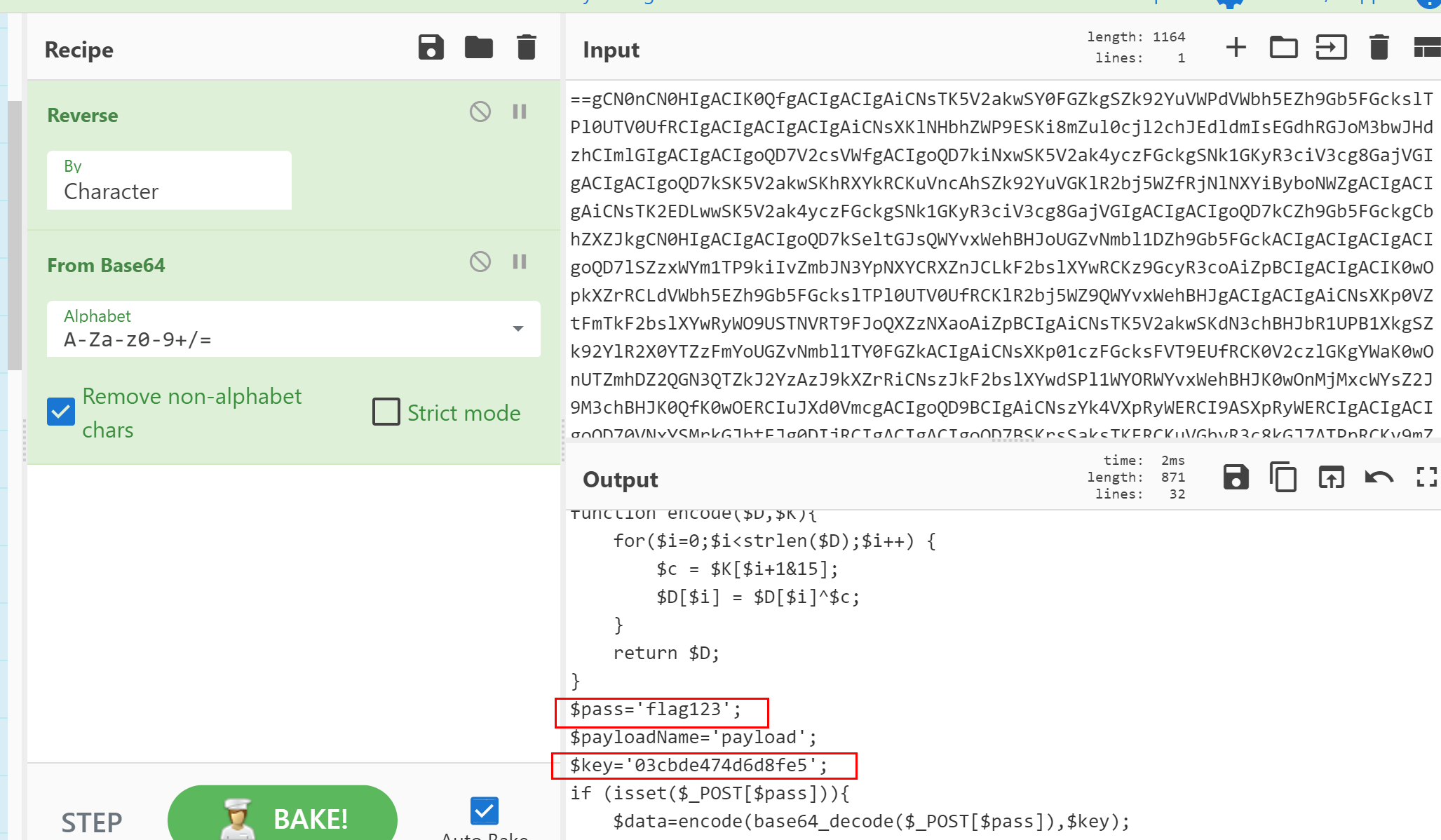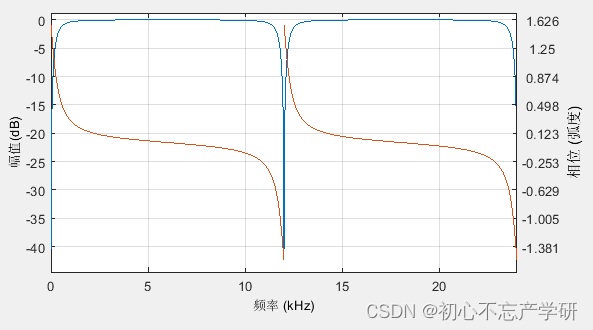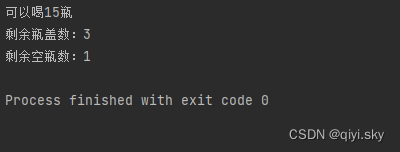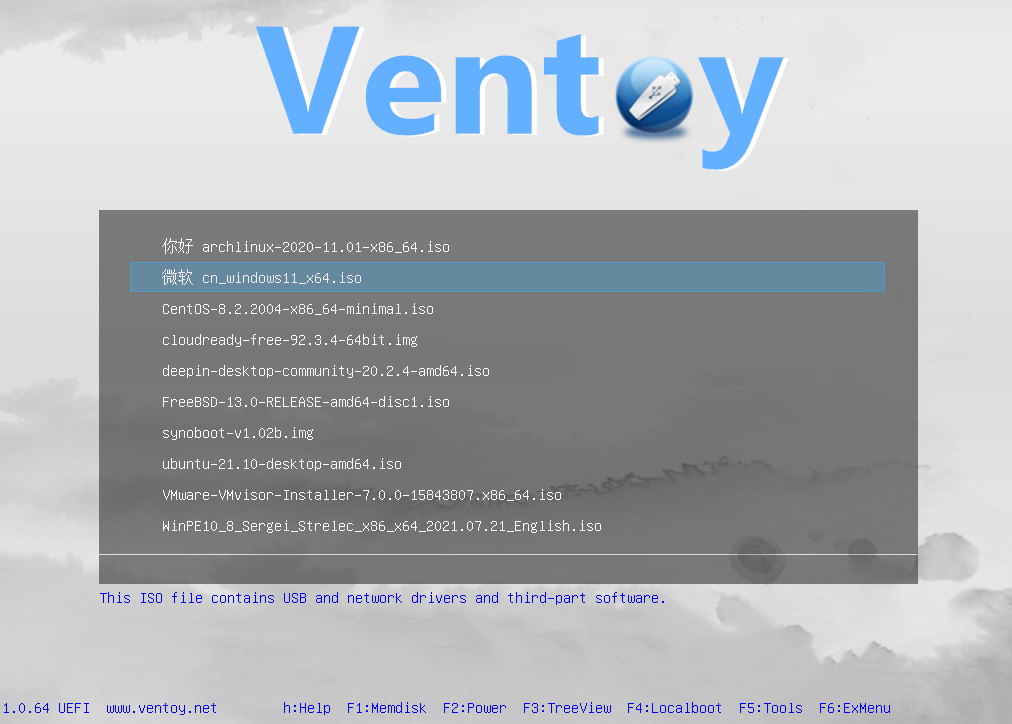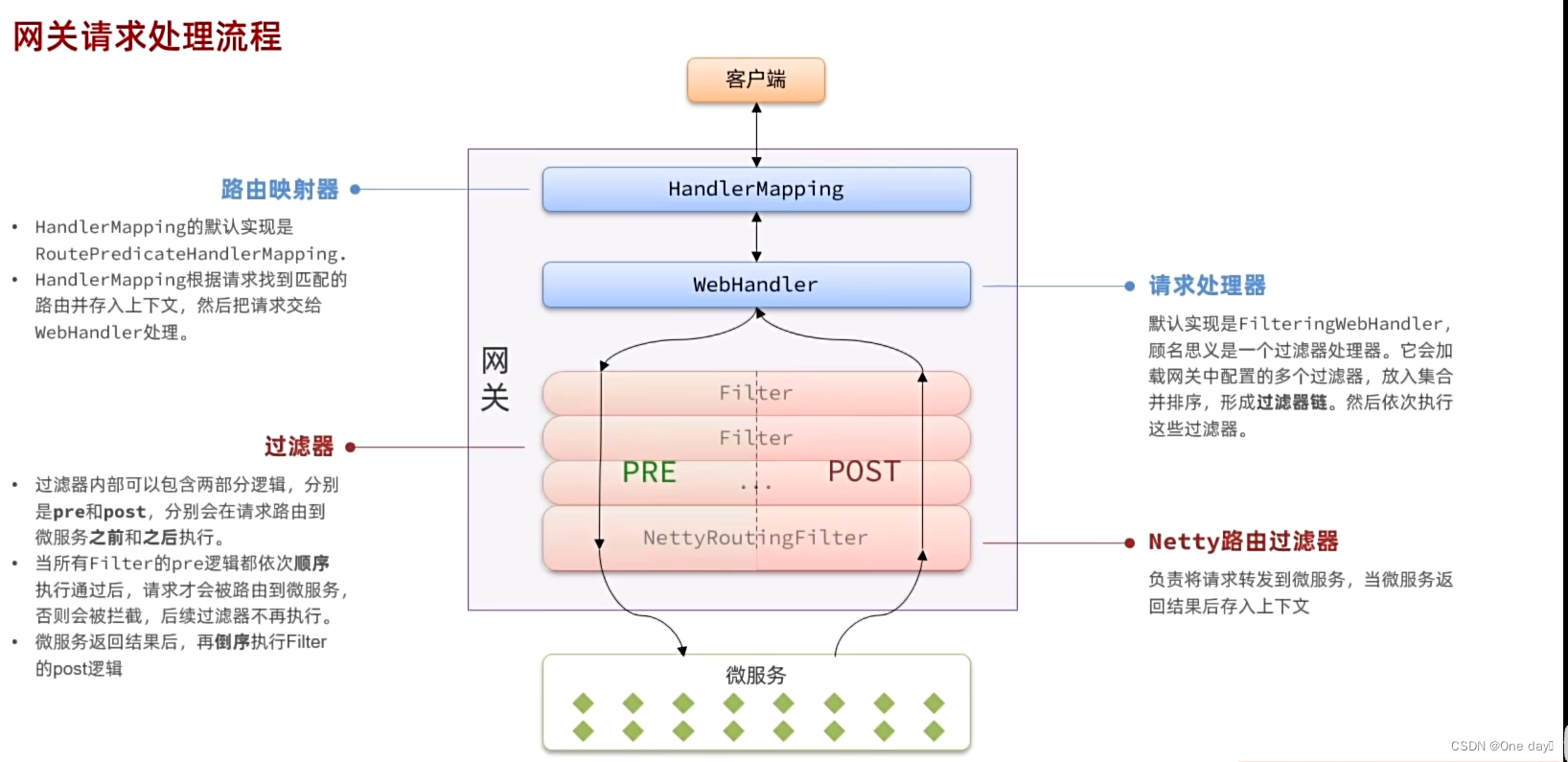一、Mybatis 的作用
1、MyBatis(前身为iBatis)是一个开源的Java持久层框架,它主要用于与数据库交互,帮助开发者更轻松地进行数据库操作。
持久层:指的是就是数据访问层(dao),是用来操作数据库的。
2、MyBatis 提供了一种简单而强大的方式来执行数据库操作,包括查询、插入、更新和删除。支持几乎所有的 JDBC 代码以及设置参数和获取结果集的工作。开发者可以使用XML配置文件或者注解来定义SQL语句,并且可以将SQL语句的参数映射到Java对象,以便进行数据库操作。
ORM是什么 ?
ORM(Object Relation Mapping)对象关系映射,是一种思想,主要包含三种对应关系:
| 关系映射 | 对应关系 |
|---|---|
| 类和表对应 | 一个pojo类 ←→ 一张数据库表 |
| 字段和列名对应 | pojo类中的一个字段 ←→ 数据库表中的一列 |
| 类实例化对象和数据对应 | pojo类的一个对象 ←→ 数据库表中的一行数据 |
ORM思想是所有持久层框架的基本思想,也是目前所有数据传输的思想。就是把数据和对象一一对应起来。从本质上来说SpringMVC也是做的这样的事情,数据在页面时,传到后台就成了对象。
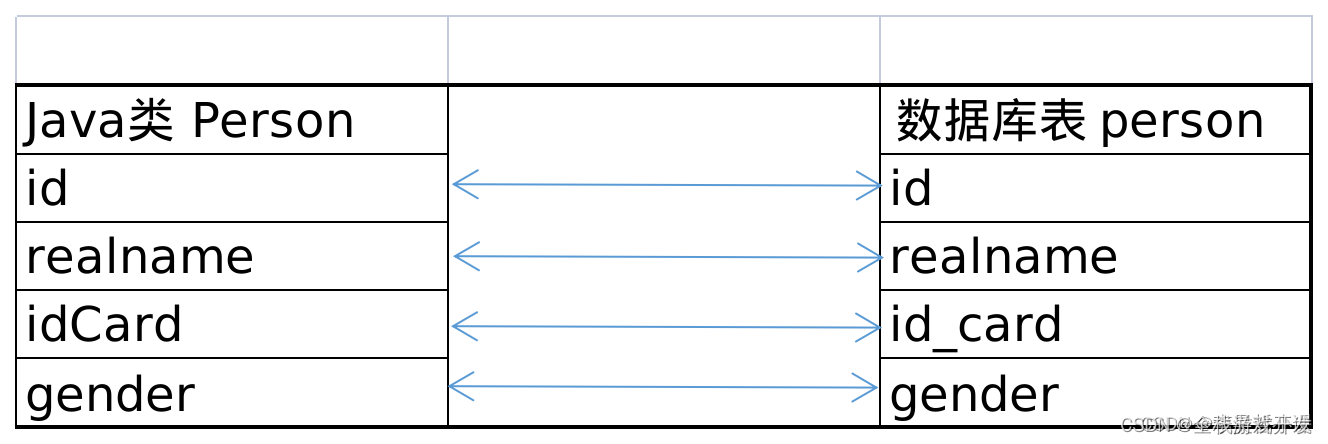
3、MyBatis 提供了缓存机制,可以帮助提高查询性能。你可以配置缓存来存储查询结果,以便在后续查询中重用结果,从而减少数据库访问次数。
4、MyBatis 支持事务管理,可以确保数据库操作的原子性和一致性。你可以通过配置或编程方式管理事务,以满足应用程序的需求。
二、Spring中MyBatis的使用步骤
2.1 创建数据库和表
请自行安装数据库并创建表,例如我的数据库名为yiqifu
CREATE TABLE `U_USER` (
`id` int(255) NULL ,
`nickname` varchar(255) NULL
);

2.2 添加maven依赖
分别添加mysql-connector-java(用于连接mysql数据库)、mybatis(mybatis核心库)、mybatis-spring(在spring中使用mybatis的库)的maven依赖包。
<dependency>
<groupId>org.springframework</groupId>
<artifactId>spring-context</artifactId>
<version>5.3.29</version>
</dependency>
<dependency>
<groupId>mysql</groupId>
<artifactId>mysql-connector-java</artifactId>
<version>8.0.23</version>
</dependency>
<dependency>
<groupId>org.mybatis</groupId>
<artifactId>mybatis</artifactId>
<version>3.5.11</version>
</dependency>
<!--mybatis-spring包是适配包,帮助你在Spring中使用MyBatis-->
<dependency>
<groupId>org.mybatis</groupId>
<artifactId>mybatis-spring</artifactId>
<version>2.0.7</version>
</dependency>
<!--可以使用阿里巴巴的DruidDataSource-->
<dependency>
<groupId>org.springframework</groupId>
<artifactId>spring-jdbc</artifactId>
<version>5.3.29</version>
</dependency>
<dependency>
<groupId>com.alibaba</groupId>
<artifactId>druid</artifactId>
<version>1.2.8</version>
<scope>test</scope>
</dependency>
3.3 编写实体类
根据数据表的字段创建一个实体类,各字段可以不跟数据库一致。对应关系可以在Mapper.xml中配置
package top.yiqifu.study.p061_mybatis;
public class UserEntity {
public int id;
public String name;
public UserEntity(){
}
public UserEntity(int id, String name) {
this.id = id;
this.name = name;
}
public int getId() {
return id;
}
public void setId(int id) {
this.id = id;
}
public String getName() {
return name;
}
public void setName(String name) {
this.name = name;
}
@Override
public String toString() {
return "UserEntity{" +
"id=" + id +
", name='" + name + '\'' +
'}';
}
}
2.4 创建UserMapper接口
UserMapper接口的作用是告诉mybatis您要对数据库执行那些操作。具体实现类由Spring AOP完成。其中执行的SQL语句可以通过Mappser.xml配置,也可以在这里使用注解配置。我这里仅定义了几个简单的增删改查。
package top.yiqifu.study.p061_mybatis;
import org.apache.ibatis.annotations.Mapper;
import org.apache.ibatis.annotations.Result;
import org.apache.ibatis.annotations.Results;
import org.apache.ibatis.annotations.Select;
import java.util.List;
@Mapper
public interface UserMapper {
void insert(UserEntity user);
void deleteById(Integer id);
void update(UserEntity user);
List<UserEntity> findAll();
@Select("select * from u_user where id=#{id}")
@Results({
@Result(property = "name", column = "nickname"), // 指定属性名和列名的映射关系
})
UserEntity findById(Integer id);
}
2.5 配置UserMapper.xml
UserMapper.xml的作用是告诉mybatis您在UserMapper接口定义的方法具体使用什么样的SQL及其他约束。我这里简单配置了UserMapper接口中每个方法。
注:其实也可以直接在UserMapper接口中使用注解定义(请看findById方法),使用XML定义是为了解耦。
<?xml version="1.0" encoding="UTF-8"?>
<!DOCTYPE mapper PUBLIC "-//mybatis.org//DTD Mapper 3.0//EN"
"http://mybatis.org/dtd/mybatis-3-mapper.dtd">
<!-- namespace 对应到 接口上 就不需要实例化了 -->
<mapper namespace="top.yiqifu.study.p061_mybatis.UserMapper">
<resultMap type="top.yiqifu.study.p061_mybatis.UserEntity" id="BaseResultMap">
<!-- column 表里的字段 -->
<!-- property 实体对象里的属性 -->
<result column="id" property="id"/>
<result column="nickname" property="name"/>
</resultMap>
<insert id="insert" parameterType="top.yiqifu.study.p061_mybatis.UserEntity">
insert into u_user(nickname) values(#{name})
</insert>
<insert id="deleteById" parameterType="Integer">
delete from u_user where id=#{id}
</insert>
<insert id="update" parameterType="top.yiqifu.study.p061_mybatis.UserEntity">
update u_user set nickname=#{name} where id=#{id}
</insert>
<select id="findAll" resultMap="BaseResultMap">
select * from u_user
</select>
</mapper>
2.6 配置数据库连接信息 JDBC
配置jdbc.properties(放在resources目录下)的作用是指定数据连接信息。
database.driver=com.mysql.cj.jdbc.Driver
database.url=jdbc:mysql://localhost:3306/yiqifu?characterEncoding=utf8&useSSL=false&serverTimezone=UTC
database.username=root
database.password=123456xxoo
2.7 在Spring中配置Mybatis
配置applicationContext-mybatis.xml(放在resources目录下)的作用将前的内容整合在起。包括mybatis的JDBC环境,接口映射和接口配置。
<?xml version="1.0" encoding="UTF-8" ?>
<beans xmlns="http://www.springframework.org/schema/beans"
xmlns:xsi="http://www.w3.org/2001/XMLSchema-instance"
xmlns:context="http://www.springframework.org/schema/context"
xsi:schemaLocation="http://www.springframework.org/schema/beans
http://www.springframework.org/schema/beans/spring-beans.xsd
http://www.springframework.org/schema/context
http://www.springframework.org/schema/context/spring-context.xsd"
>
<context:component-scan base-package="top.yiqifu.study.p061_mybatis"></context:component-scan>
<!-- 加载jdbc.properties配置文件 -->
<context:property-placeholder location="classpath:jdbc.properties"/>
<!-- 配置 MyBatis 数据源 -->
<bean id="dataSource" class="org.springframework.jdbc.datasource.DriverManagerDataSource">
<property name="driverClassName" value="${database.driver}" />
<property name="url" value="${database.url}" />
<property name="username" value="${database.username}" />
<property name="password" value="${database.password}" />
</bean>
<!-- 配置 mybatis Session -->
<bean id="sqlSessionFactory" class="org.mybatis.spring.SqlSessionFactoryBean">
<property name="dataSource" ref="dataSource" />
<!--<property name="configLocation" value="classpath:mybatis-config.xml"></property>-->
<property name="mapperLocations" value="classpath:mapper/*.xml" />
</bean>
<!-- 扫描Mapper接口(Spring会使用AOP为其实现具体方法) -->
<bean class="org.mybatis.spring.mapper.MapperScannerConfigurer">
<property name="basePackage" value="top.yiqifu.study.p061_mybatis" />
</bean>
</beans>
2.8 在Spring中调用Mybatis查询数据
以下是调用示例:
package top.yiqifu.study.p061_mybatis;
import org.springframework.context.support.ClassPathXmlApplicationContext;
import top.yiqifu.study.p051_proxy.Test011_StaticProxyDog;
import top.yiqifu.study.p051_proxy.Test041_Animal;
import top.yiqifu.study.p051_proxy.Test042_Dog;
public class Test001_Mybatis
{
// 静态代理
public static void main( String[] args )
{
ClassPathXmlApplicationContext context = new ClassPathXmlApplicationContext("applicationContext-mybatis.xml");
UserMapper mapper = context.getBean("userMapper", UserMapper.class);
for(String beanName : context.getBeanDefinitionNames()){
System.out.println(beanName);
}
UserEntity user1 = new UserEntity();
UserEntity user2 ;
//添加
user1.setName("test");
mapper.insert(user1);
int userId = 7;
user2 = mapper.findById(userId);
System.out.println(user2);
//修改
user1.setId(userId);
user1.setName("new-test");
mapper.update(user1);
//查询
user2 = mapper.findById(userId);
System.out.println(user2);
//删除
//mapper.deleteById(userId);
user2 = mapper.findById(userId);
System.out.println(user2);
}
}


